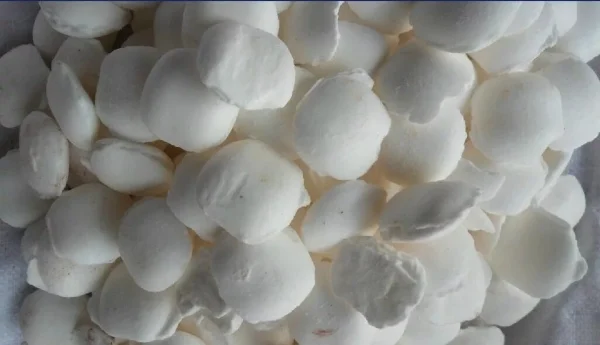
A critical chemical study to understand the properties and applications of different chemicals
This article compares Sodium Cyanide with several common chemicals—Sodium Chloride, Sulfuric Acid, and Sodium Hydroxide. These substances are widely used in industries and laboratories, making their comparative analysis essential for proper selection and safe handling.
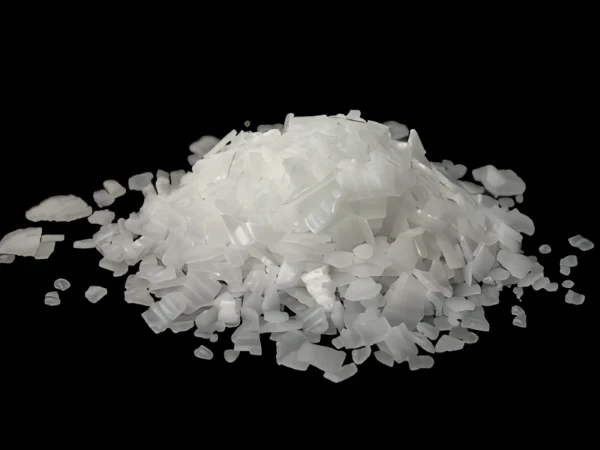
1. Chemical Properties
Sodium Cyanide
An inorganic salt with a white crystalline appearance.
Acts as a strong base, dissolving readily in water to produce sodium hydroxide.
Sodium Chloride
A salt compound (common table salt), vital in inorganic chemistry.
Forms white crystals and is highly soluble in water.
Sulfuric Acid
A strong inorganic acid, colorless to pale yellow in liquid form.
Extensively used in industrial and laboratory settings.
Sodium Hydroxide
A strong base, typically a white solid.
Highly soluble in water, forming alkaline solutions.
2. Chemical Reactions
Sodium Cyanide
Primarily used in organic synthesis (e.g., cyanidation reactions) for manufacturing organic compounds.
Sodium Chloride
Mainly used as a food seasoning and preservative, with applications in various laboratory reactions.
Sulfuric Acid
Employed in acid-base neutralization reactions and corrosive cleaning processes.
Sodium Hydroxide
Used in acid-base neutralization and the preparation of alkaline solutions.
3. Applications
Sodium Cyanide
Widely used in electroplating, organic synthesis, and metallurgical industries.
Sodium Chloride
Applied in food processing, snow melting, and water treatment.
Sulfuric Acid
Utilized in wastewater treatment, fertilizer production, and battery manufacturing.
Sodium Hydroxide
Used in soap production, pulp and paper manufacturing, and wastewater neutralization.
4. Safety Considerations
Sodium Cyanide
Highly toxic; requires careful handling to avoid inhalation or skin contact.
Sodium Chloride
Generally safe but excessive intake may lead to health issues like hypertension.
Sulfuric Acid
Corrosive; demands protective gear and proper storage.
Sodium Hydroxide
Corrosive; must be handled with caution to prevent skin/eye damage.
Conclusion
Sodium cyanide, sodium chloride, sulfuric acid, and sodium hydroxide are versatile chemicals with distinct properties and applications. Proper selection and safe handling are critical to ensuring operational efficiency and minimizing risks in industrial and laboratory environments.
- Random Content
- Hot content
- Hot review content
- အလုပ် ခေါင်းစဉ် : ပြောင်းသာလဲသာ ရှိ သော ဖောက်သည် နှင့် ထောက်ပံ့ ပေး သူ ဆက်ဆံရေး ကျွမ်းကျင် သူMyanmar
- Pine oil 85% High Quality Pinitol oil 85% Light Yellow To Colorless Oily Liquid
- Phosphoric Acid 85% (Food grade)
- 2-Hydroxyethyl acrylate (HEA)
- Food grade Antioxidant T501 Antioxidant 264 Antioxidant BHT 99.5%
- Calcium Chloride 74% Flakes
- Sodium selenite,anhydrous 98%
- 1Discounted Sodium Cyanide (CAS: 143-33-9) for Mining - High Quality & Competitive Pricing
- 2China's New Regulations on Sodium Cyanide Exports and Guidance for International Buyers
- 3Sodium Cyanide 98% CAS 143-33-9 gold dressing agent Essential for Mining and Chemical Industries
- 4International Cyanide(Sodium cyanide) Management Code - Gold Mine Acceptance Standards
- 5China factory Sulfuric Acid 98%
- 6Anhydrous Oxalic acid 99.6% Industrial Grade
- 7Oxalic acid for mining 99.6%
- 1Sodium Cyanide 98% CAS 143-33-9 gold dressing agent Essential for Mining and Chemical Industries
- 2High Quality 99% Purity of Cyanuric chloride ISO 9001:2005 REACH Verified Producer
- 3Zinc chloride ZnCl2 for High Molecular Weight Polymers Initiator
- 4High Purity · Stable Performance · Higher Recovery — sodium cyanide for modern gold leaching
- 5High Quality Sodium Ferrocyanide / Sodium Hexacyanoferr
- 6Gold Ore Dressing Agent Safe Gold Extracting Agent Replace Sodium Cyanide
- 7Sodium Cyanide 98%+ CAS 143-33-9

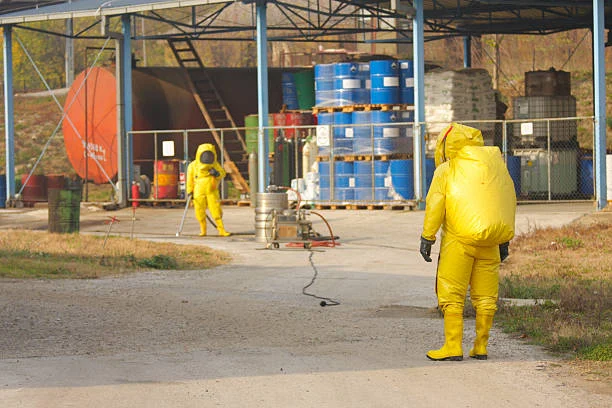




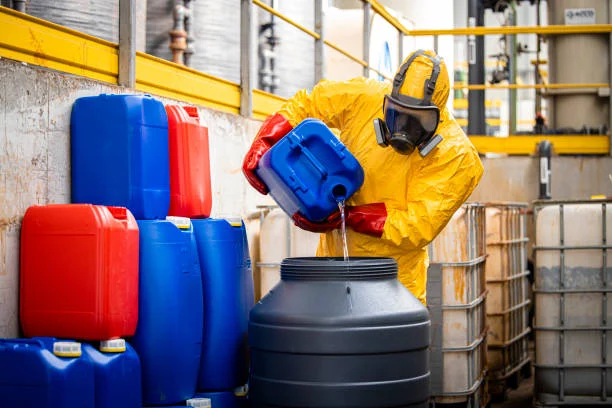
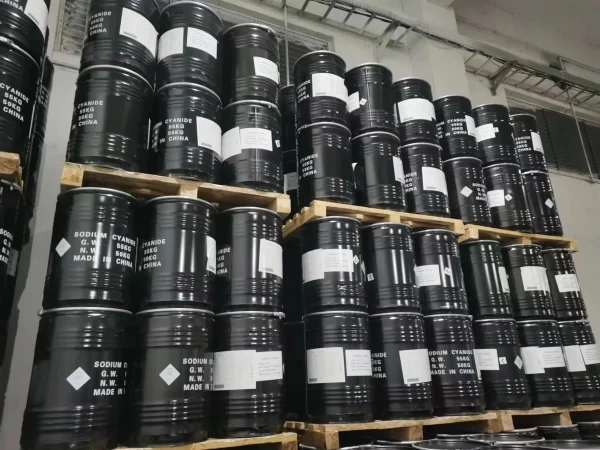



Online message consultation
Add comment: